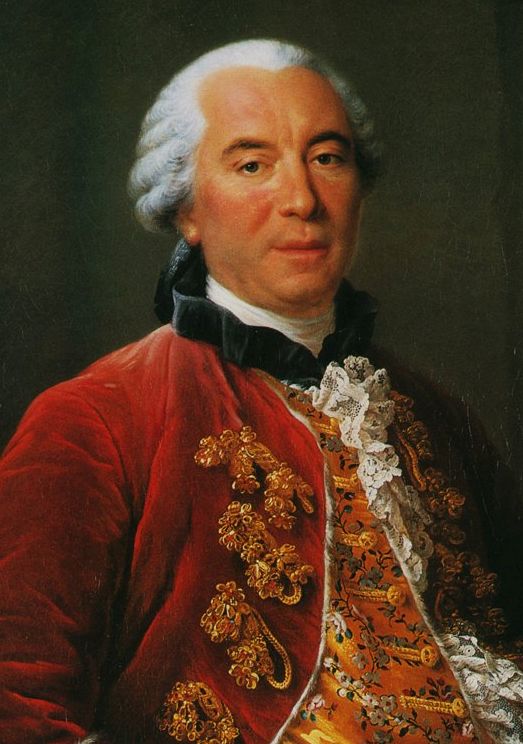It is ironic that Mount Vernon, George Washington's Classical estate on the Potomac, has become so widespread a model for American building, for it was not Washington but Thomas Jefferson who self-consciously undertook a search for an architectural expression for the new nation.
April 2017

Seldom have Americans cherished European writers who refused to praise our country as lavishly as we felt they should.
But in the long and blustery chronicle of American touchiness over criticism from abroad, few episodes are more charming than the campaign launched by Thomas Jefferson against a pack of dastardly foreign scientists who claimed that the New World's weather was cold and soppy, that our mammals were puny, and that our Indians were shiftless sissies.
I recently picked up a 1961 issue of American Heritage and realized that the sign-up card bound into it for new subscribers had the same price ($15.00) that we were able to charge in 2012, more than a half century later.
Early in the Kennedy administration, movies were a quarter. And Cokes -- served in a conical paper cup at the local soda fountain -- set you back a nickel.
It is enormously difficult to swim against the tide of changes in society, and it's an understatement to say that the digital revolution and other factors have profoundly affected the media. One of the most difficult moments in my life was when I realized that we could not come up with the funds to print the next issue of American Heritage in 2013.
Unable to send out print issues, our subscription and ad revenues came to an abrupt halt, and a dozen good people joined the unemployment lines.
"In this job I am not worried about my enemies," President Warren G. Harding once famously quipped. "It is my friends that keep me awake at nights." He wasn't joking.
Even though it lasted only from 1921 to 1923, Harding's administration became the most scandal-ridden to date, thanks to several of his old political pals. Attorney General Harry Daugherty was accused of profiting from the sale of government alcohol supplies during Prohibition, as well as selling pardons. Harding's head of the Veterans Bureau, Charles Forbes, was sentenced to two years in prison for bribery and corruption. Other scandals involved appointees in the Shipping Bureau and Alien Property Custodians office. And, 85 years ago this week, Harding's Secretary of the Interior, Albert B. Fall, announced his resignation in the midst of an unfolding scandal that would become known as Teapot Dome.
Forty-five years ago today, a scrappy-looking character with wild, kinky hair, tattered work clothes, and a round baby face that looked even younger than his 19 years, took the stage at Gerde’s Folk City, a popular bar at 11 West 4th Street, just two blocks from Washington Square, in the heart of Greenwich Village. It was a seminal moment in music history.
Only months before, Gerde’s had been a small Italian restaurant. The neighborhood, once a mainstay of New York’s Italian community, was changing fast as young students, artists, and musicians steadily replaced—some would say displaced—the aging immigrants whose small, tidy apartments and nearly identical eateries lined the narrow streets of the Village.
To contact us, please select the following contact forms:
With the relaunch of American Heritage magazine and AmericanHeritage.com, advertisers will have the unique opportunity to directly reach our affluent, educated, brand-loyal readers who enjoy vacationing at historic destinations, culinary adventures, and experiencing our national culture and heritage with their families.
American Heritage readers include history enthusiasts, reenactors, politicos, business leaders, educators, and students from middle school to post-grads. Many learned about our nation’s history and civic literacy from the pages of our books and magazines.
American Heritage is not published in print. Digital issues with advertising opportunities will appear four times per year (Spring, Summer, Fall, Winter) and in eight monthly newsletters.
